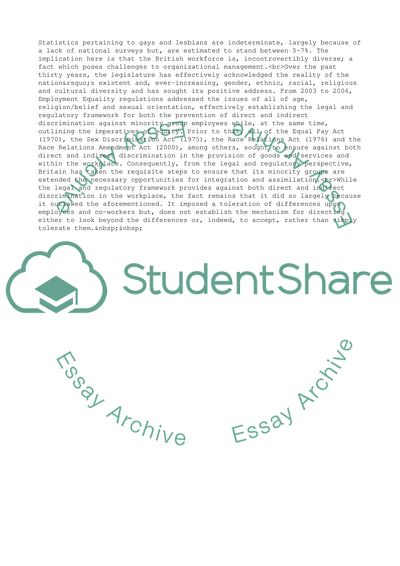Cite this document
(Managing Diversity and Equality Essay Example | Topics and Well Written Essays - 5000 words - 1, n.d.)
Managing Diversity and Equality Essay Example | Topics and Well Written Essays - 5000 words - 1. Retrieved from https://studentshare.org/management/1705794-managing-diversity-and-equality
Managing Diversity and Equality Essay Example | Topics and Well Written Essays - 5000 words - 1. Retrieved from https://studentshare.org/management/1705794-managing-diversity-and-equality
(Managing Diversity and Equality Essay Example | Topics and Well Written Essays - 5000 Words - 1)
Managing Diversity and Equality Essay Example | Topics and Well Written Essays - 5000 Words - 1. https://studentshare.org/management/1705794-managing-diversity-and-equality.
Managing Diversity and Equality Essay Example | Topics and Well Written Essays - 5000 Words - 1. https://studentshare.org/management/1705794-managing-diversity-and-equality.
“Managing Diversity and Equality Essay Example | Topics and Well Written Essays - 5000 Words - 1”, n.d. https://studentshare.org/management/1705794-managing-diversity-and-equality.


